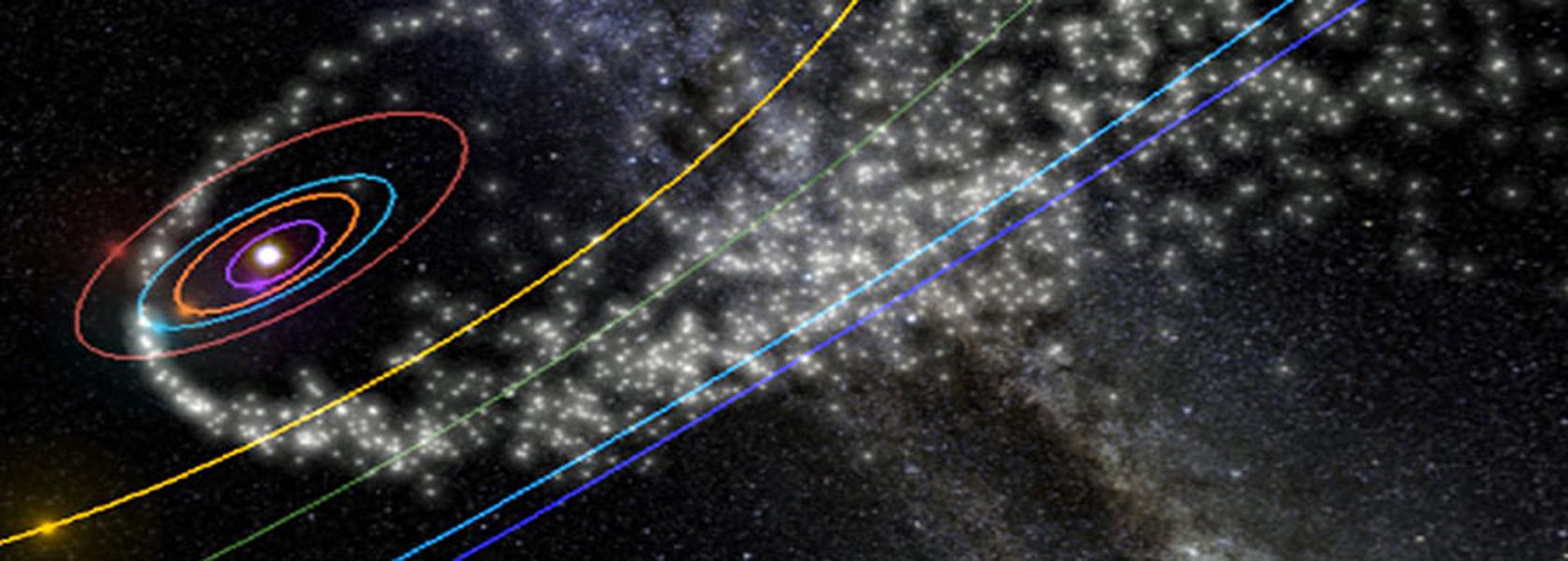Peter Jenniskens explains how comets in Earth's path create meteor showers and even may strike Earth.

When comets streak across the sky over weeks and months, they make the news. Where do they come from? Where are they going? Could they crash into Earth?
The current issue of Elements Magazine is all about "Comets". Articles by lead scientists in the field review what comets are made of, how they were formed and how they behave. In one of those articles, Peter Jenniskens, Senior Research Scientist at the SETI Institute, and co-author Olga Popova explain how comets in Earth's path create our meteor showers and sometimes strike Earth.
Earth’s atmosphere offers little protection against comet impacts, because they tend to be at least half a mile wide. Mountains of ice and rock. When they strike, the smaller comets disintegrate completely in the atmosphere, but some will shower the ground with glowing hot air and debris that can melt the soil several inches deep. Most comets punch right through the atmosphere, and are only stopped by the ground itself. They explode on impact and leave behind an impact crater. Some of the biggest craters on Earth may come from comets.
Fortunately, comets don't strike that often. We don't exactly know how often, as it is hard to tell if a crater was made by a comet or an asteroid strike. It is thought that comets account for fewer than 6% of all large impactors.
Those that do are hard to find. Many comets move on very long orbits, and can be discovered only on their way in, leaving only a year or so to do anything about a pending strike. One way to finding those comets much earlier may be to take a clue from the meteor showers they cause on Earth.
Jenniskens explains how past returns of some of these comets left trails of debris that we see now as meteor showers, when that debris hits the atmosphere. Each dark and clear night, there are at least ten meteors per hour visible to the naked eye. More at times when there are good showers. Each shower is a trail of breadcrumbs that could lead comet hunters right to the comet.





